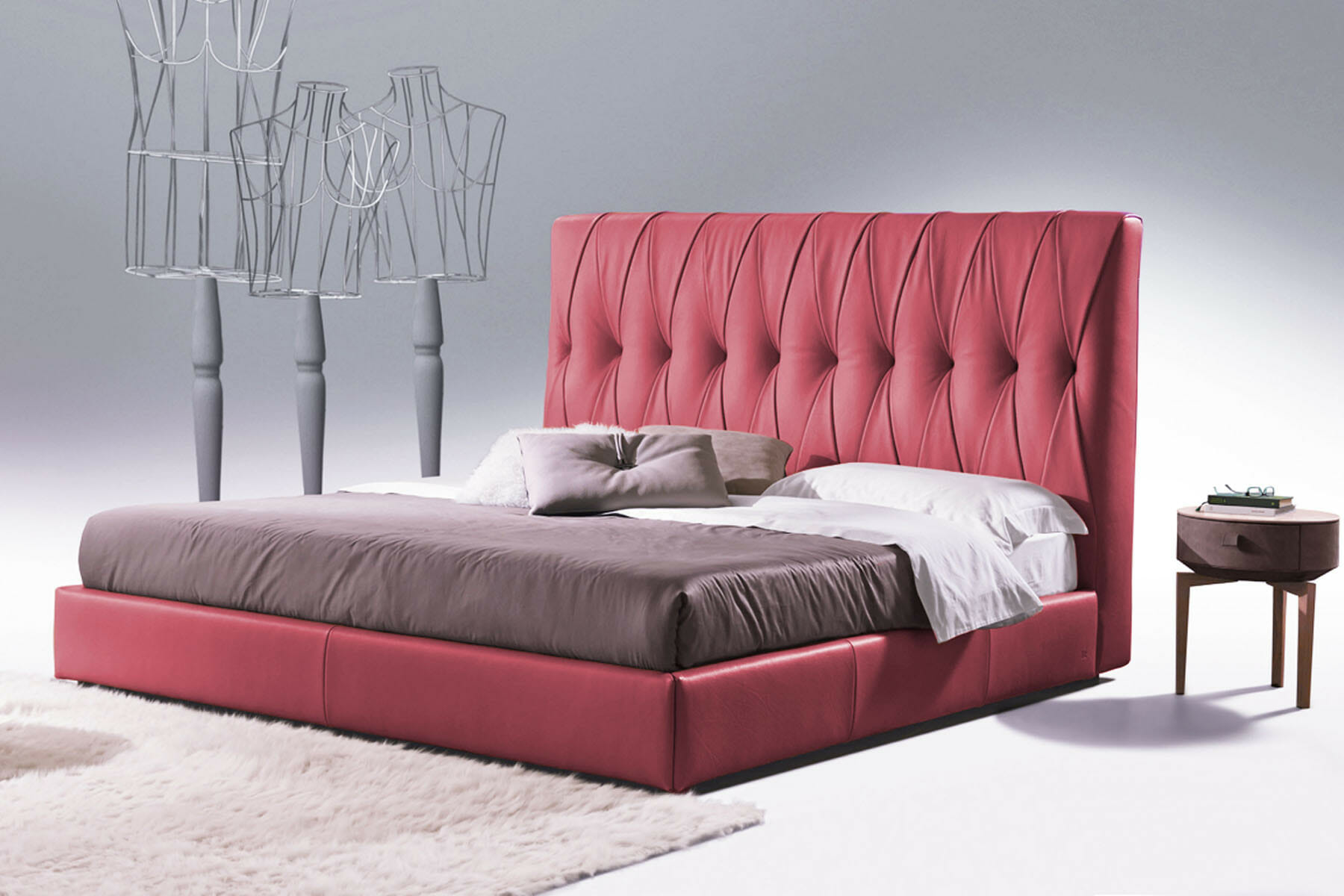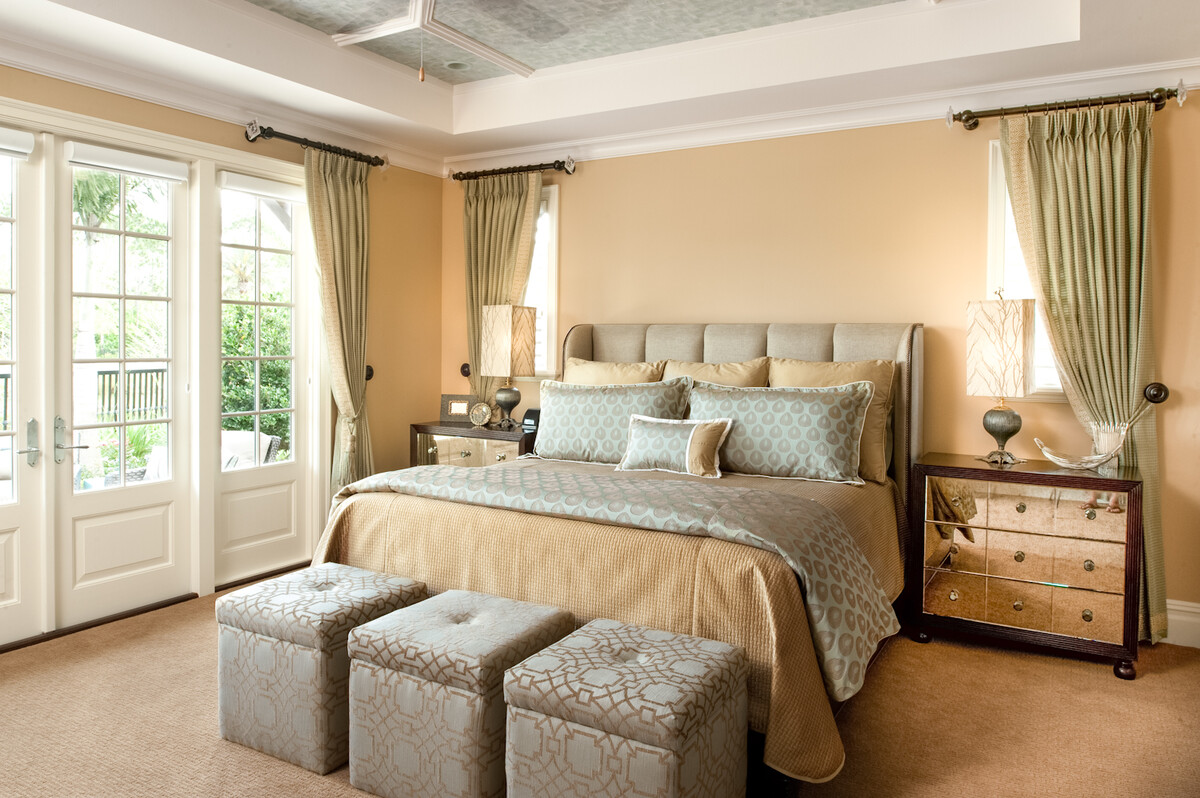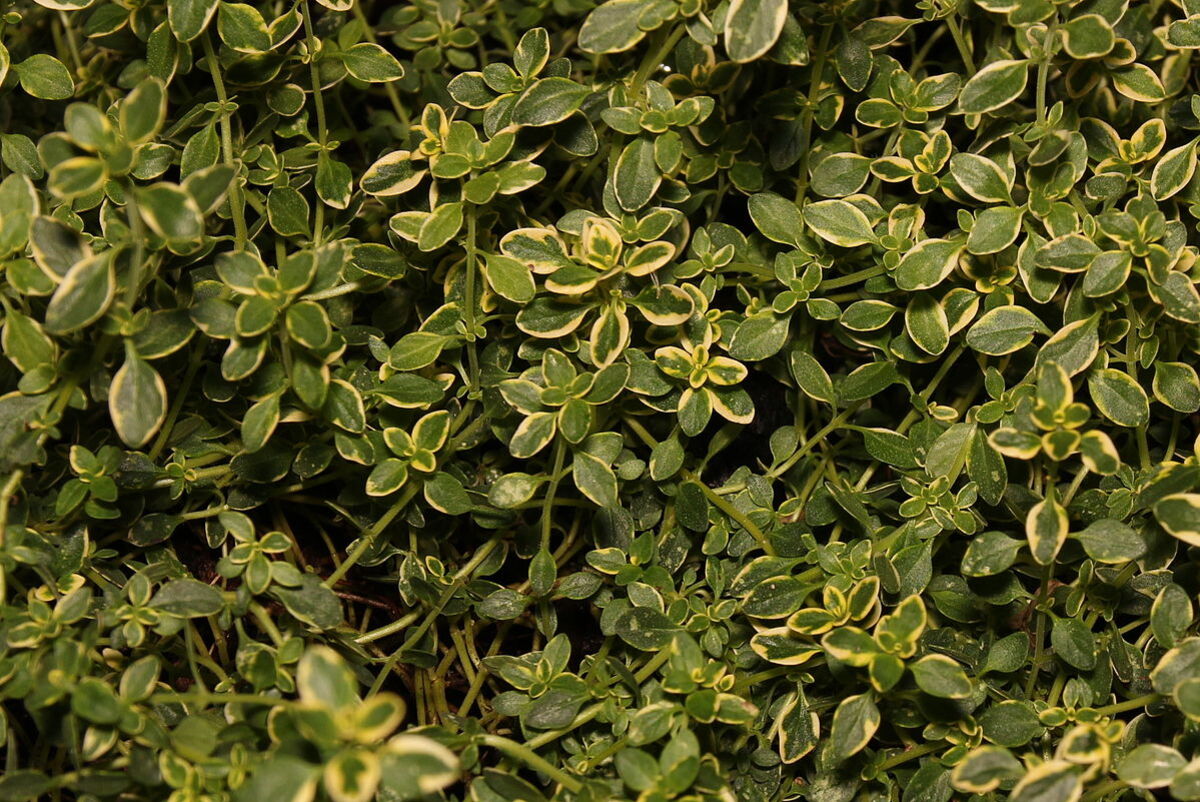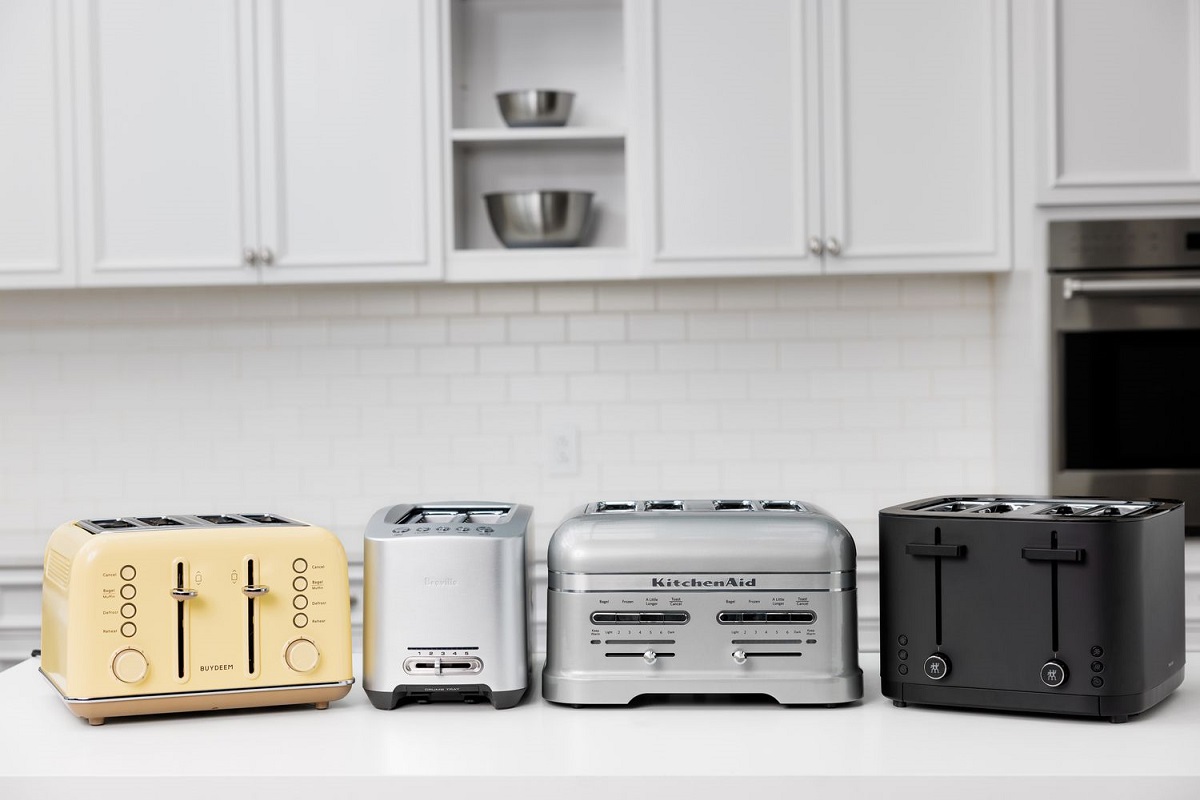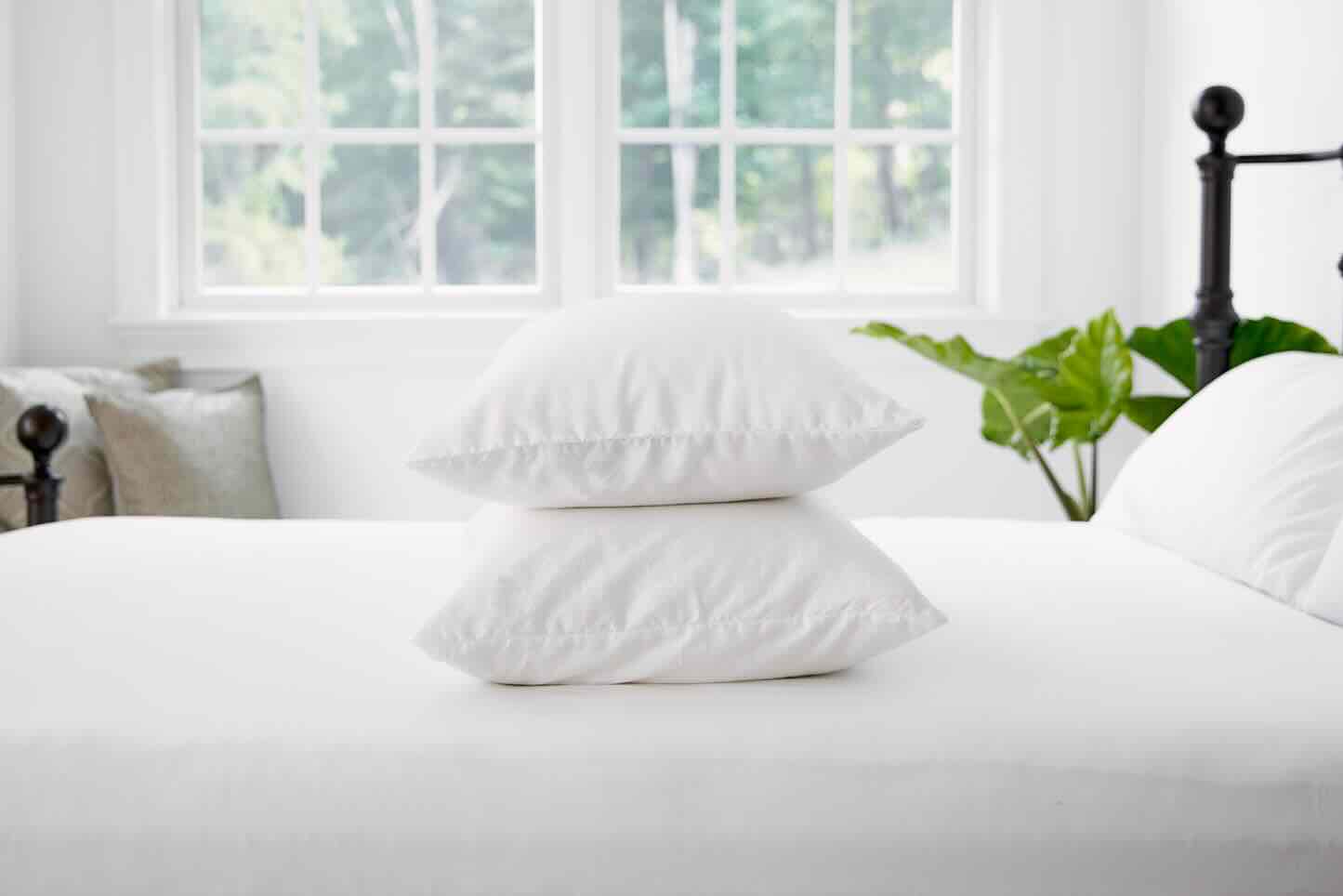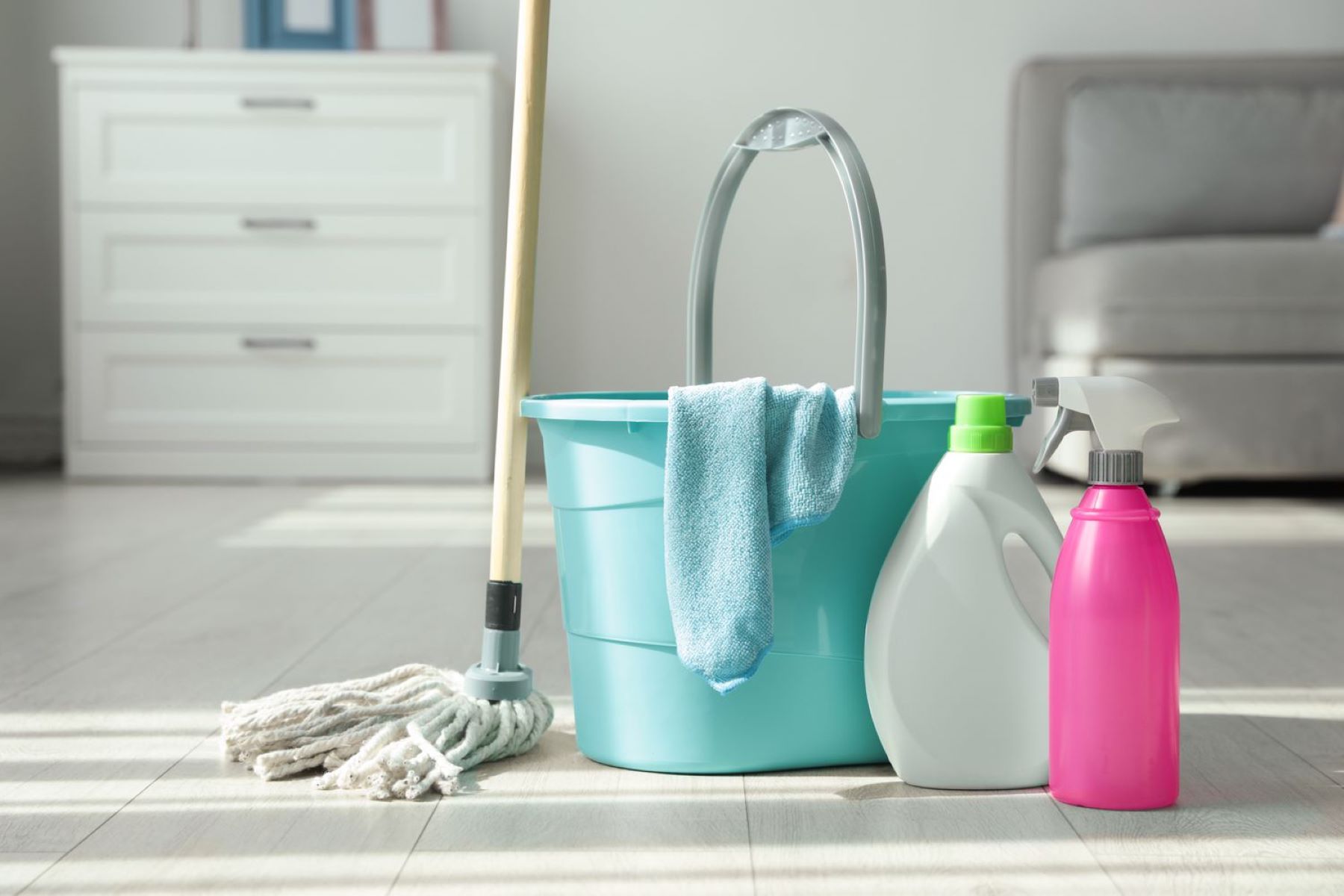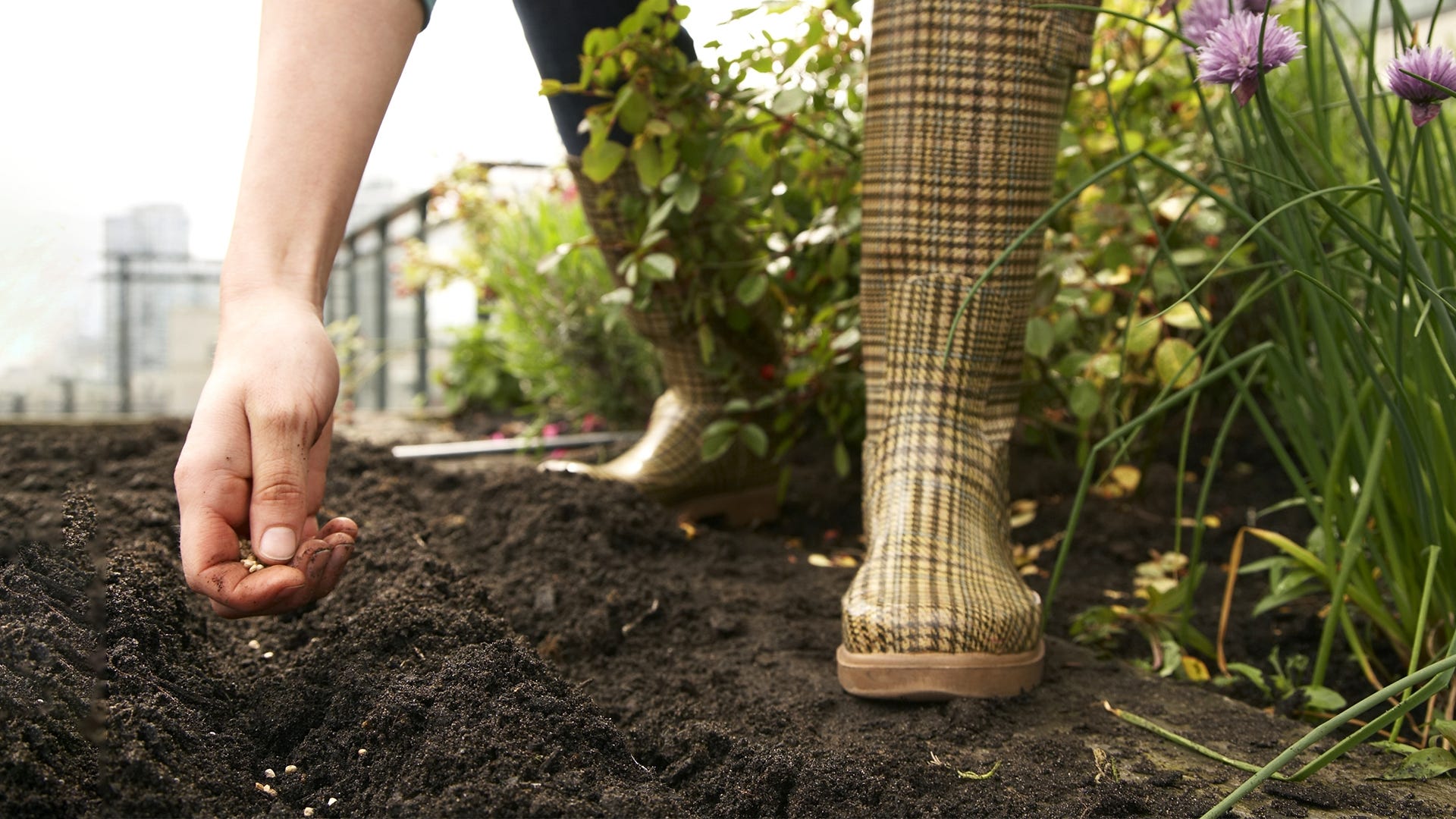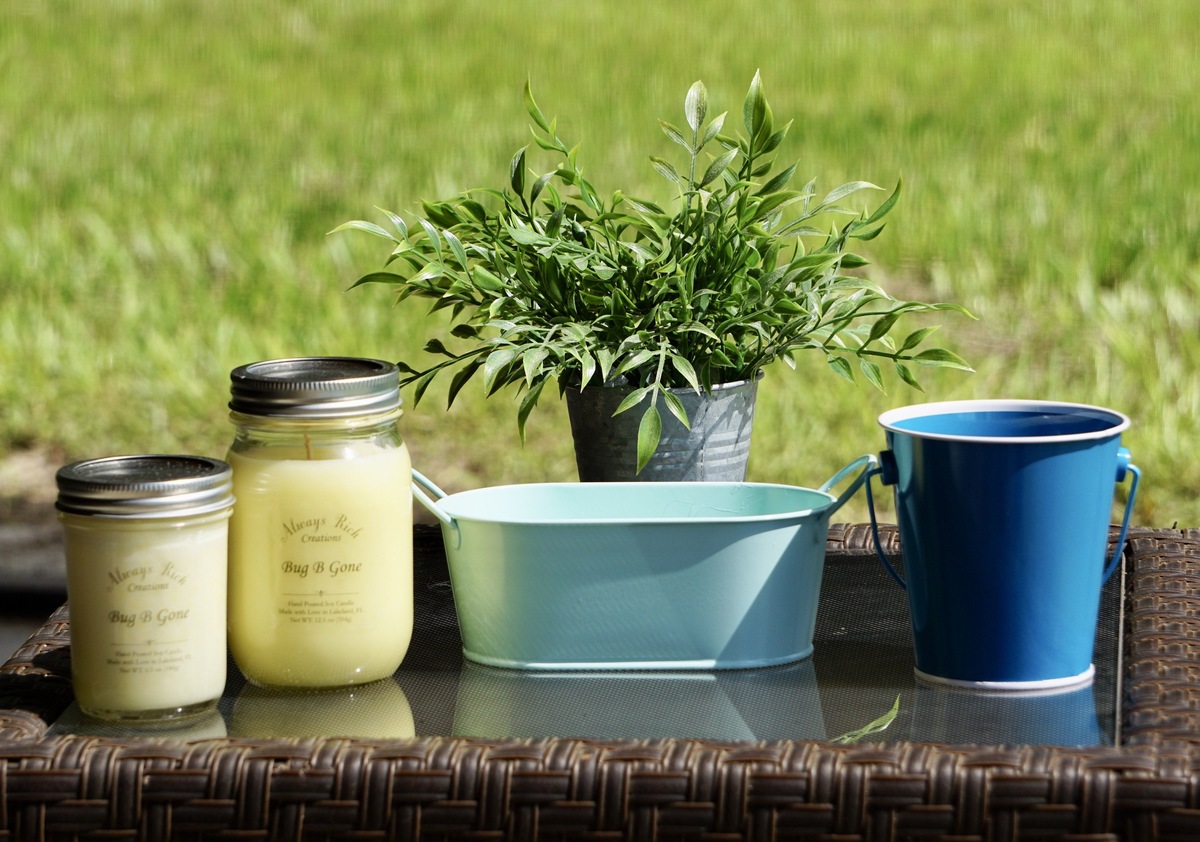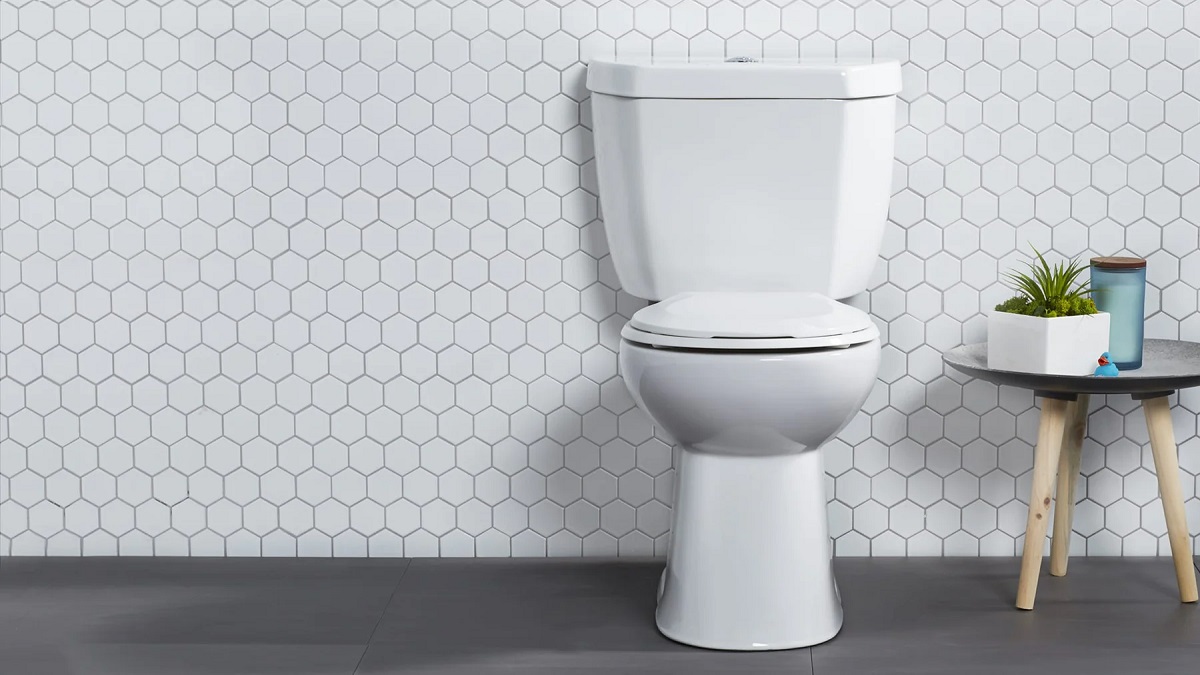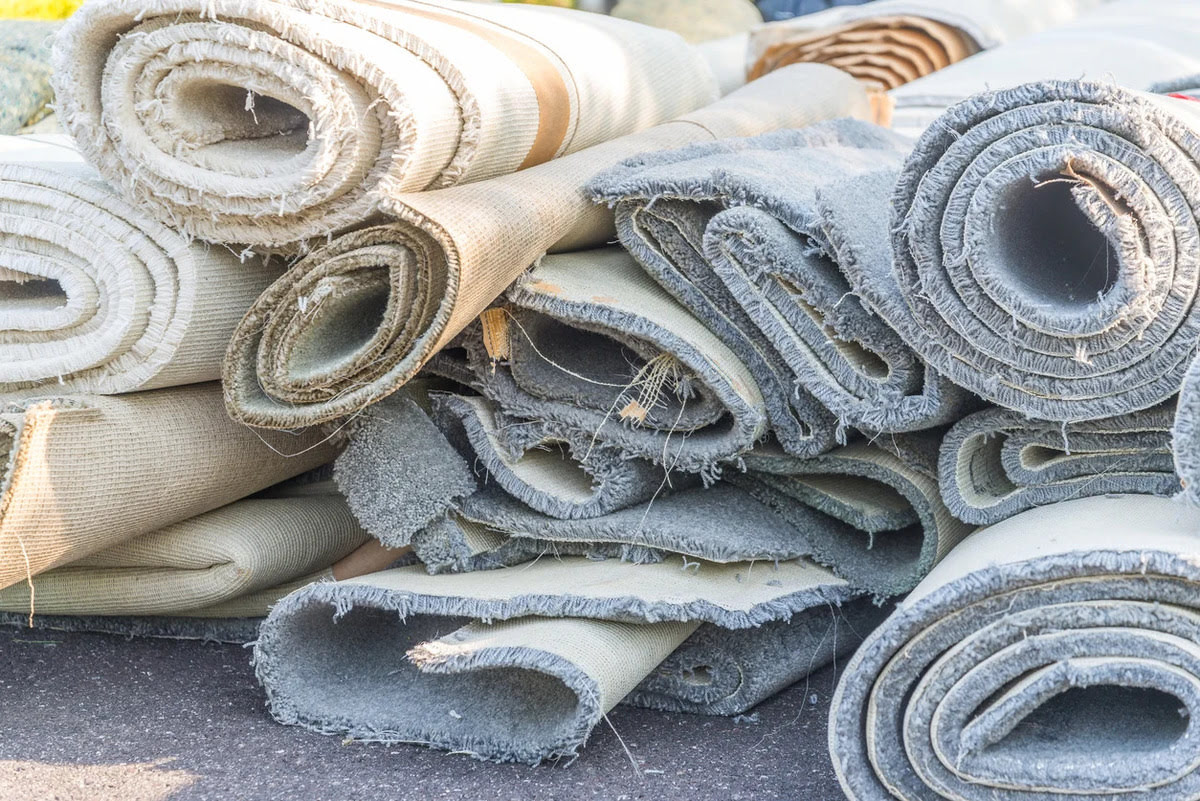

Articles
What Makes A Good Carpet
Modified: January 9, 2024
Looking for articles about what makes a good carpet? Discover the essential factors to consider, from durability to comfort and style. Get expert insights now!
(Many of the links in this article redirect to a specific reviewed product. Your purchase of these products through affiliate links helps to generate commission for Storables.com, at no extra cost. Learn more)
Introduction
When it comes to choosing the right carpet for your home or office, there are several factors to consider. A good carpet not only enhances the aesthetics of a space but also provides practical benefits such as comfort, durability, and ease of maintenance.
Carpeting plays a crucial role in creating a warm and inviting atmosphere in any room. It adds a layer of insulation, reducing noise and helping to maintain a comfortable temperature. Whether you’re walking barefoot or with shoes on, a quality carpet provides a soft and cushioned feel under your feet.
Not all carpets are created equal, and it’s important to understand what makes a good carpet stand out from the rest. In this article, we will explore the key factors to consider when choosing a carpet and how they contribute to the overall quality and longevity of your flooring investment.
Key Takeaways:
- Choose a durable and comfortable carpet made from high-quality materials like nylon or wool to enhance your space and withstand everyday wear and tear.
- Consider the environmental impact, maintenance, and long-term value when selecting a carpet to create a sustainable and visually appealing living environment.
Read more: What Rugs Look Good On Carpet
Durability
Durability is an essential factor to consider when choosing a carpet. After all, you want your carpet to withstand heavy foot traffic, spills, and everyday wear and tear. A good carpet should be able to handle the demands of your lifestyle and maintain its appearance for years to come.
The durability of a carpet is influenced by various factors, including the type of fibers and construction methods used. Synthetic fibers such as nylon, polyester, and olefin are known for their high durability and resistance to stains and fading. Wool, a natural fiber, is also known for its durability and ability to bounce back from foot traffic.
In addition to the fiber type, the construction method of the carpet also affects its durability. Dense carpets with a higher pile density tend to be more durable as they can better withstand compression and retain their shape over time. Carpets with a lower face weight may be less durable and show signs of wear more quickly.
Another aspect of durability to consider is the carpet’s twist level. A higher twist level indicates that the individual yarns are tightly twisted together, resulting in greater resilience and resistance to matting and crushing. Look for carpets with a higher twist level for increased durability.
Lastly, consider the quality of the carpet’s backing. A good carpet should have a strong and sturdy backing material that provides stability and prevents the fibers from unraveling or coming loose. An inferior backing can lead to premature wear and tear.
It’s important to remember that no carpet is completely impervious to damage. However, by choosing a carpet with high durability, you can ensure that it will withstand the demands of daily life and maintain its appearance for a longer period, saving you money in the long run.
Material
The material of the carpet is a critical factor to consider when selecting the right flooring for your space. Different carpet materials offer varying benefits in terms of performance, comfort, and aesthetics, so it’s essential to choose one that suits your specific needs and preferences.
Nylon is one of the most popular carpet materials due to its exceptional durability and resilience. It is known for its ability to withstand heavy foot traffic and maintain its appearance for an extended period. Nylon carpets also offer excellent stain resistance, making them ideal for areas prone to spills and stains.
Polyester is another common carpet material known for its softness and luxurious feel. It is a synthetic fiber that provides excellent resistance to fading, stains, and moisture. Polyester carpets are also eco-friendly, as they can be made from recycled plastic bottles.
Wool, a natural fiber, is highly regarded for its durability, softness, and natural insulating properties. Carpets made from wool are luxurious, comfortable, and have excellent soil and stain resistance. Wool carpets also have the added benefit of being environmentally friendly and can help regulate indoor air quality.
Olefin, also referred to as polypropylene, is a synthetic fiber that offers excellent resistance to moisture and stains. While it may not possess the same level of durability as nylon or wool, olefin carpets are well-suited for areas that are exposed to spills or moisture, such as basements or outdoor spaces.
Additionally, there are blended carpet materials, which combine different fibers to take advantage of their individual strengths. For example, a nylon-wool blend can offer the durability of nylon with the softness and natural attributes of wool.
When selecting a carpet material, consider factors such as the amount of foot traffic the area will receive, the presence of pets or children, and the overall style and ambiance you want to create. By understanding the characteristics of different carpet materials, you can make an informed decision that aligns with your needs and preferences.
Comfort
Comfort is a crucial aspect to consider when choosing a carpet for your space. A good carpet should provide a soft and cushioned feel underfoot, enhancing the overall comfort of the room.
The level of comfort offered by a carpet is influenced by various factors, including the carpet’s pile height, density, and padding. Pile height refers to the length of the carpet fibers, with taller piles providing a plusher and more luxurious feel. However, it’s important to strike a balance, as excessively long piles can be prone to matting and wear more quickly.
Density, on the other hand, refers to how closely the fibers are packed together. A higher density carpet will feel more cushioned and comfortable underfoot, as it provides better support and resilience. Carpets with low density may feel thin and less comfortable, especially in high-traffic areas.
In addition to the carpet itself, the use of high-quality padding can significantly enhance the comfort of a carpet. Padding acts as a shock absorber, providing additional cushioning and support. It helps reduce noise, improves insulation, and adds an extra layer of comfort when walking or standing on the carpet.
Carpet materials also play a role in determining comfort. Natural fibers such as wool are known for their softness and luxurious feel. Synthetic materials like nylon and polyester can also provide a comfortable underfoot experience, particularly when combined with the right pile height and density.
When evaluating the comfort of a carpet, it’s essential to consider the specific needs and preferences of the individuals using the space. For example, a plush, soft carpet might be ideal for a bedroom or living room, while a more durable and low-pile carpet could be suitable for high-traffic areas like hallways or stairs.
Ultimately, comfort is subjective, and what feels comfortable to one person might not be the same for another. It’s important to test out different carpets and consider factors such as pile height, density, and padding to find the perfect balance of comfort for your space.
Style and Design
When it comes to choosing a carpet, style and design play a crucial role in enhancing the overall aesthetics of your space. The right carpet can transform a room, adding character, warmth, and a sense of style.
There are various factors to consider when selecting a carpet that aligns with your desired style and design. One of the primary considerations is the color of the carpet. The color should complement the existing décor and furnishings in the room. Neutral tones like greys, beiges, and creams offer versatility and can easily blend with different design styles. Bolder colors and patterns can make a statement and add visual interest to the space.
The pattern of the carpet also contributes to its overall style. Whether you prefer intricate floral designs, geometric patterns, or simple textures, there are numerous options available to suit different design aesthetics. The patterns should harmonize with the surrounding elements in the room and complement the overall theme.
Texture is another important element to consider when choosing a carpet. Different textures can create different visual effects and add depth to the room. For example, a plush and luxurious shag carpet can provide a cozy and inviting feel, while a loop pile carpet can add a more modern and structured look. Consider the desired ambiance and style you wish to achieve and select a texture that aligns with that vision.
In addition to color, pattern, and texture, the carpet’s overall design, such as the shape and size of the patterns, can also influence the visual impact. Large-scale patterns can make a room feel more spacious, while small-scale patterns can add intricacy and detail. Consider the scale of the room and the desired design aesthetic to determine the appropriate design elements.
It’s important to strike a balance between style and functionality when choosing a carpet. Consider the maintenance requirements of the carpet and how it will hold up to everyday use and foot traffic. Additionally, keep in mind the longevity of the style and design you choose, as trends may change over time.
By considering the interplay of color, pattern, texture, and overall design, you can select a carpet that enhances the style and design of your space, creating a visually appealing and aesthetically pleasing environment.
When choosing a good carpet, consider the material, durability, stain resistance, and maintenance requirements. Look for high-quality fibers like wool or nylon for long-lasting performance.
Read more: What Makes A Good Picnic Blanket
Maintenance and Cleaning
Maintenance and cleaning are important considerations when selecting a carpet. A good carpet should be easy to clean and maintain, allowing you to keep it looking fresh and in good condition for years to come.
One key factor to consider is the carpet’s stain resistance. Some carpets are treated with stain-resistant coatings, making it easier to clean up spills and prevent permanent staining. Stain-resistant carpets repel liquids, giving you time to blot up the spill before it has a chance to penetrate the fibers.
Regular vacuuming is essential for maintaining the cleanliness and appearance of your carpet. Look for carpets that are easy to vacuum, with fibers that do not trap dirt and debris. Additionally, consider the carpet’s ability to withstand frequent vacuuming without showing signs of wear or damage.
It’s also important to consider the type of cleaning method that is suitable for the carpet. Some carpets can be steam cleaned, while others require dry cleaning or low-moisture cleaning methods. Understanding the recommended cleaning method will help you maintain the durability and appearance of the carpet.
Some carpets may require professional cleaning to remove deep-seated dirt and stains. It’s important to factor in the cost and availability of professional cleaning services when considering the long-term maintenance of the carpet.
In addition to regular cleaning, proper maintenance practices can extend the life of your carpet. This includes promptly cleaning up spills, using doormats at entry points to reduce dirt and debris, and rearranging furniture periodically to prevent uneven wear patterns.
It’s worth noting that carpets with higher pile heights and textures may require more maintenance as they can trap dirt and debris more easily. However, with proper care and maintenance, any carpet can last for a long time and continue to enhance the beauty of your space.
Prioritize carpets that are easy to clean, maintain, and can withstand the demands of your lifestyle. By following proper cleaning and maintenance practices, you can prolong the life of your carpet and keep it looking fresh and inviting for years to come.
Cost
The cost of a carpet is an important consideration when selecting the right flooring for your space. Carpets come in a wide range of prices, and understanding the factors that contribute to the cost can help you make an informed decision that fits within your budget.
One of the primary factors that impact the cost of a carpet is the material. Different carpet materials have varying price points. Natural fibers like wool tend to be more expensive compared to synthetic materials such as nylon or polyester. Blended materials can offer a more affordable option while still providing desirable qualities.
The quality and construction of the carpet also affect the price. Carpets with higher pile densities, superior backing materials, and advanced manufacturing techniques generally come at a higher cost. These carpets are often more durable and have better performance characteristics, making them worth the investment in the long run.
Additionally, the size of the area you need to cover with carpet will influence the overall cost. Larger spaces will require more material and, therefore, incur a higher cost. It’s important to accurately measure the area and consider any additional cuts or waste when calculating the required square footage.
Installation costs are another consideration to factor into the overall cost. The complexity of the installation, such as the shape of the room or the need for carpet padding, can impact the installation cost. It’s advisable to obtain quotes from reputable installers to get a clear understanding of the installation costs associated with your chosen carpet.
It’s worth noting that while it may be tempting to opt for a cheaper carpet to save money upfront, it may not always be the most cost-effective choice in the long run. Cheaper carpets may not offer the same durability, comfort, or style options compared to higher-quality carpets. They may require more frequent replacement, leading to higher overall costs in the long term. Consider the long-term value and durability of the carpet when evaluating the cost.
Ultimately, the cost of a carpet is subjective and depends on your budget and priorities. It’s essential to strike a balance between the desired qualities, budget constraints, and long-term value when selecting a carpet that fits within your financial means.
Environmental Impact
As environmental awareness continues to grow, the impact of our choices on the planet is an important consideration, even when it comes to selecting a carpet. Understanding the environmental impact of different carpet options can help you make a more sustainable choice for your space.
One factor to consider is the material of the carpet. Natural fibers like wool are considered more environmentally friendly as they are a renewable resource and biodegradable. Wool carpets also have excellent insulation properties, reducing energy consumption for heating and cooling. However, it’s important to ensure the wool is sourced from ethically raised and responsibly managed sheep.
On the other hand, synthetic materials like nylon and polyester are derived from non-renewable resources and require significant energy consumption during production. However, advancements in technology have allowed for the development of eco-friendly synthetic carpets made from recycled materials. Look for carpets that are certified as containing a high percentage of post-consumer recycled content.
Another environmental consideration is the manufacturing process. Some carpets are produced using environmentally conscious manufacturing practices, such as using fewer chemicals, minimizing emissions, and reducing water consumption. Look for certifications or labels such as Green Label Plus or Cradle to Cradle that indicate the carpet meets specific environmental standards.
The disposal of carpets is also a factor to consider. Carpet recycling programs are becoming more prevalent, allowing old carpets to be recycled into new products rather than ending up in landfills. Look for carpets that are designed for recyclability and check if local recycling facilities accept old carpets.
Additionally, the durability of the carpet is an important environmental consideration. A longer-lasting carpet reduces the need for frequent replacements. Look for carpets with warranties or long lifespan expectations, indicating their durability and resistance to wear and tear.
It’s also worth considering the indoor air quality impact of the carpet. Some carpets emit volatile organic compounds (VOCs) that can negatively impact indoor air quality. Look for carpets that are certified as low VOC or meet stringent indoor air quality standards, promoting a healthier living environment.
By considering the material, manufacturing process, recycling options, durability, and indoor air quality impact, you can make a more informed decision about the environmental impact of the carpet you choose. Opting for carpets that are made from sustainable materials, produced using eco-friendly practices, and can be recycled will help minimize the carbon footprint and contribute to a more sustainable future.
Conclusion
Choosing the right carpet for your space involves considering several key factors that contribute to its overall quality and suitability. A good carpet enhances the ambiance of a room, provides comfort underfoot, and withstands the demands of everyday use.
Durability is crucial when selecting a carpet. Look for carpets made from durable fibers like nylon or wool, with high pile density and a strong backing. These carpets are more likely to withstand heavy foot traffic and maintain their appearance for an extended period.
The material of the carpet affects both its durability and comfort. Synthetic fibers like nylon and polyester offer good durability, while natural fibers like wool provide a luxurious feel and natural insulation properties. Consider your lifestyle and preferences when choosing the material that best suits your needs.
Comfort is another important consideration. Select carpets with the appropriate pile height, density, and padding to provide a soft and cushioned feel underfoot. The carpet’s texture also contributes to comfort, so choose one that aligns with your desired level of coziness.
The style and design of the carpet can transform a space. Consider the color, pattern, texture, and overall design to create a cohesive look that complements your existing décor and personal style. Striking a balance between style and functionality ensures you choose a carpet that not only looks great but also meets your practical needs.
Maintenance and cleaning are essential aspects to consider. Look for carpets with stain-resistant properties and easy-to-clean materials. Regular vacuuming and proper care will extend the life of your carpet and keep it looking fresh and inviting.
Cost is a practical consideration. Balance your budget with your desired quality and longevity, as cheaper carpets may require more frequent replacement. Factor in installation costs and long-term value when determining the overall cost of your carpeting project.
Lastly, consider the environmental impact of your carpet choice. Opt for materials and manufacturing practices that are more sustainable and environmentally friendly. Look for certifications or labels indicating eco-friendliness and consider the carpet’s recyclability and impact on indoor air quality.
In conclusion, choosing a good carpet involves balancing factors such as durability, material, comfort, style, maintenance, cost, and environmental impact. By considering these factors carefully, you can select a carpet that not only enhances the aesthetics of your space but also meets your functional needs and aligns with your values.
Frequently Asked Questions about What Makes A Good Carpet
Was this page helpful?
At Storables.com, we guarantee accurate and reliable information. Our content, validated by Expert Board Contributors, is crafted following stringent Editorial Policies. We're committed to providing you with well-researched, expert-backed insights for all your informational needs.

